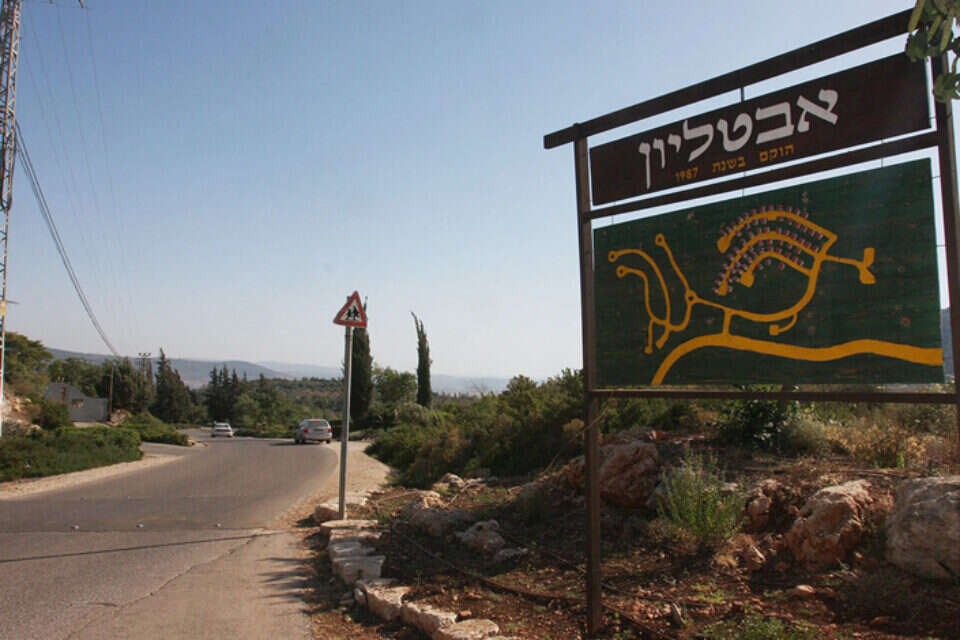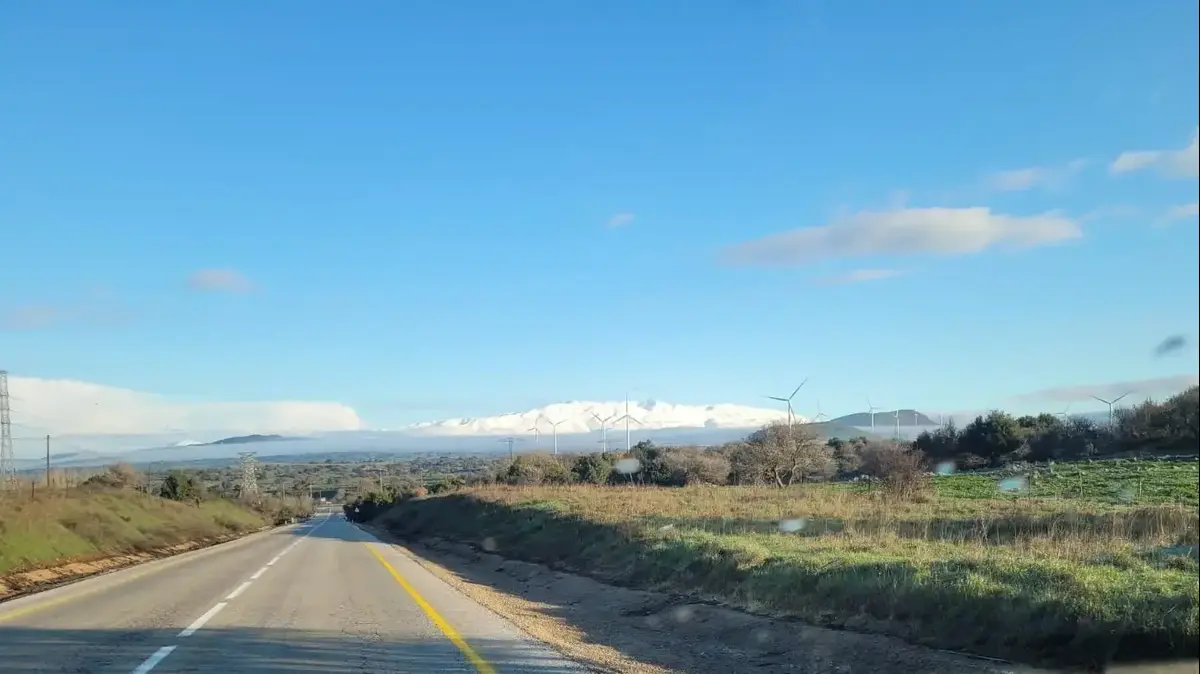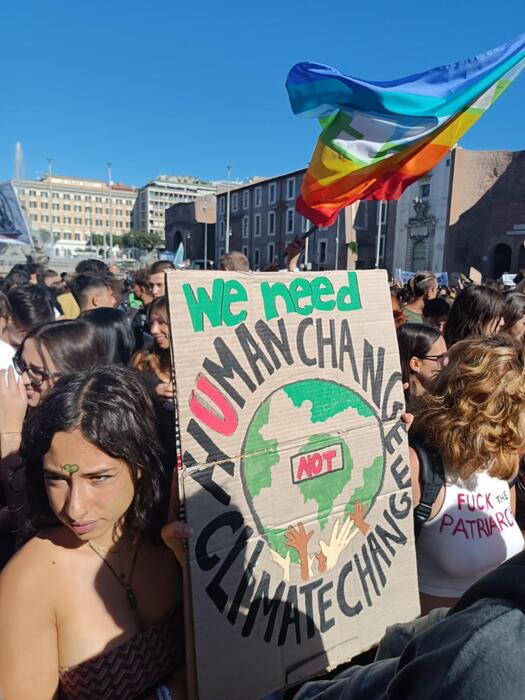In recent months, the planning authorities of the State of Israel have focused on promoting comprehensive master plans in the Galilee, especially in Arab localities.
This is an unprecedented planning boom - about 50 comprehensive master plans and dozens of other detailed plans - most of which are fully funded by the state.
Last week, during a discussion by the National Planning and Building Council headed by the Minister of the Interior, a plan to expand the city of Sakhnin-Arava to 250,000 residents was approved for deposit.
The expansion of the city to the north threatens the siege of the small Jewish settlements of Eshbal and Eshhar.
The same trend is emerging with the expansion of the village of Cana, from 20,000 inhabitants to 76,000.
No one examined what the expansion of Kfar Kanna does for security on the main traffic route, Road 77, and what the impact is on the nearby Kibbutz Beit Rimon and on Mount Turan.
The Arab citizens are certainly entitled to housing for the future generation, and yet there is a problem here.
The problem lies in two repressed dimensions: In the first, the problem stems from the state authorities, which for years have discriminated against Jewish settlement in the north, especially in rural areas.
The second dimension lies in the trend of the expansion of the Arab grip on space, to the point of controlling main axes and key areas - a situation that creates conditions for security risk.
Already in the events of May 2021, settlements in the Central Galilee found themselves besieged, especially at night, by the terror of Arab control over the traffic routes.
With another outbreak of violence, in the descriptions of expanding Arab construction, the danger will intensify.
The distress of the Jewish localities
At the core of the planning principles adopted by Israeli governments in recent decades, the restriction on Jewish settlement was imposed. First and foremost, in the National Outline Plan - NAP 35 and Limit of Appendix No. 2 to the plan - a final quota was set for the number of residential units in the Jewish rural localities in the Galilee and Negev, for a target of between 300 and 500 units each. The Arab, Bedouin and Druze, in Jewish localities such as Yodfat and Hoshaya, which have long since reached the threshold of the planning quota, young couples have no chance of finding a place.
In addition to the requirement of national planning to avoid the establishment of new settlements, a growing gap is created between supply and demand, a process that is reflected in rising prices in the Jewish rural area. The planning restrictions on the development of the Jewish localities also apply to the localities of the Jezreel Valley, the Valley of the Springs and the Upper Galilee. By Lawyer Ron Rogin, dealing years legal aid struggles of rural communities in Judea to the Galilee and the Negev, there is a complete database on the issue.
In the meantime, only a handful of Israelis, and very few public leaders are aware of the plight of Jewish settlements, with years total stagnation is entirely due to restrictions imposed by the state authorities. Every Related to Arab construction, however, the situation is reversed.The planning authorities are accelerating large-scale master plans for the Arab sector.
Looking at the map of the construction plans shows the trends as leading to a geographical establishment of the map of the Galilee, as it appears in the UN partition plan.
Interior Minister Ayelet Shaked, who approved the deposit of the plan for the Sakhnin Valley, explained her decision on the grounds that it must be built in the Arab concentrations, otherwise the Arab leakage to the cities involved will expand. Amit Segal reported on a recommendation that came on the issue "from one of the security services", to update "who needs it" (Yedioth Ahronoth, 1.10.2021)
Anyone who knows the reality in the Arab localities knows how unfounded this explanation is. The Arab leakage to the cities involved is driven by many considerations, and is not just due to a shortage of construction in villages and cities. Increasing construction in Arab localities is therefore far from ensuring the cessation of the leakage trend. On the other hand, the expansion of construction plans turns the Central Galilee into a homogeneous Arab bloc, which paints the Galilee map with a dominant Arab presence, overlapping with the 1947 partition map. The Arab becomes autonomous, and also has to deal with a continuous leak to the cities involved.
It is not at all clear whether a professional opinion on the issue has indeed been formulated in the security authorities.
After all, from many aspects, precisely from a security point of view, a balanced presence in the space of Jews and Arabs is preferable.
It is worth examining, for example, where a single police car can move with greater security, whether in Umm al-Fahm, which has become a homogeneous Arab city, or in Nazareth?
"Noah's Ark" is imagined
The desire to organize the geographical space in a clear separation between "there" and "here" has been shaping Israeli security technicians for years. It is driven by the illusion of security, which lies in the spatial convergence into an imaginary "Noah's Ark." By this logic they led the disengagement in the Gaza Strip. However, the situation in Judea and Samaria compared to the Gaza Strip shows how the spatial merger between Jewish and Arab settlement is better operationally and strategically. The Israeli reality of the last hundred years shows the absurdity of the effort to impose on space the artificial division into separate homogeneous space units. In a historical look at the War of Independence, the mixed cities of Safed, Tiberias and Haifa were at the beginning of the war a problem that quickly became a systemic opportunity.
But the Jewish anxiety, longing for peaceful normalcy, in its desire to escape from friction, is increasingly converging on the coastal cities, and in the process losing its grip across the country. And meanwhile, he who escapes from friction - the friction pursues him to the door of his house. In this respect, the cities involved are an opportunity for more correct friction than that involved in a confrontation with a homogeneous Arab concentration without a Jewish presence, such as the Umm al-Fahm settlement bloc.
First of all, the Israeli government must remove the discriminatory restriction on the development of Jewish settlements in the Galilee and the Negev.
The Israeli government is then required to plan overall spatial needs for sovereign grip throughout the space.
Under the guidance of the map of essential national needs, including the security of the main arteries and the needs of Jewish settlement, master plans for Arab localities will be formulated.
Such a discussion must take place under the guidance of the Prime Minister and under the leadership of the National Security Council
.
The question is too broad in its meanings to be defined only as a security issue.
Meanwhile, in emerging trends, the de facto Jewish state is convening at least what it was offered in the partition plan.














